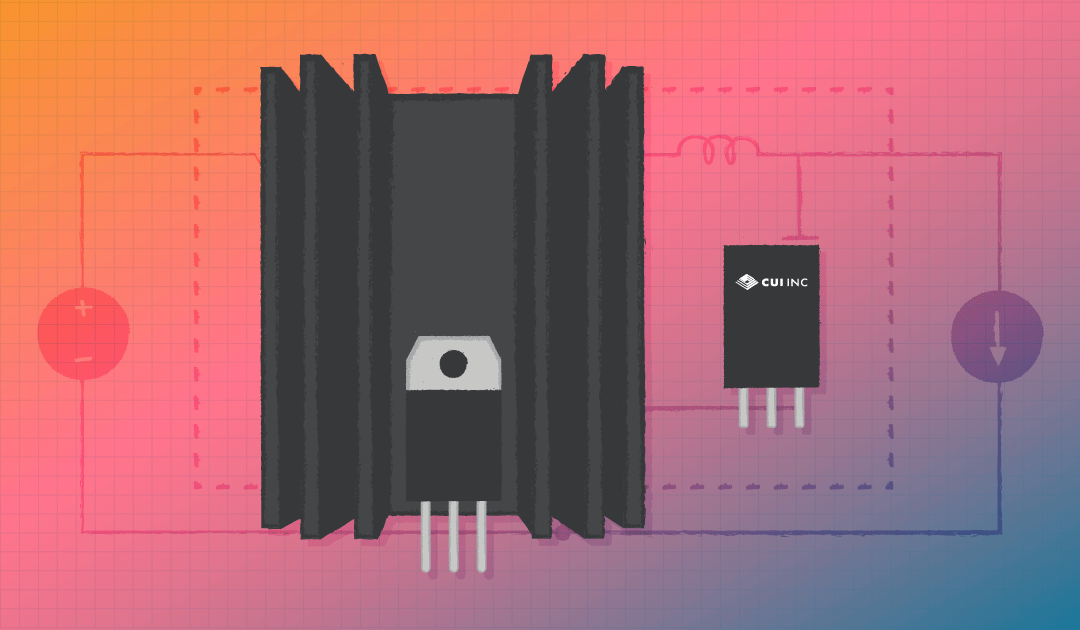Image Source: Google
Linear regulators are essential components in electronic devices that help regulate voltage levels and ensure stable power supply. By efficiently managing power distribution, linear regulators play a crucial role in maximizing the performance and longevity of electronic systems. If you are looking for the best linear regulators, you should check https://volgen-power-supplies.com/product-category/linear-regulators/.
The Role of Linear Regulators in Electronics
Benefits of Linear Regulators
- Stabilize voltage levels: Linear regulators ensure that the output voltage remains constant, regardless of fluctuations in input voltage or load conditions.
- No noise interference: Linear regulators operate silently and do not introduce any noise or interference into the power supply, making them ideal for noise-sensitive applications.
- Simple design: Linear regulators have a straightforward design, making them easy to implement in electronic circuits and requiring minimal external components.
- Cost-effective: Linear regulators are cost-effective solutions for voltage regulation in low-power applications, providing reliability and efficiency at a reasonable price.
Applications of Linear Regulators
Linear regulators are commonly used in various electronic devices and systems, including:
- Consumer electronics: Smartphones, laptops, TVs, and other consumer devices rely on linear regulators to ensure stable power supply for optimal performance.
- Industrial equipment: Automation systems, sensors, and control units use linear regulators to regulate voltage levels and protect sensitive components.
- Medical devices: Medical instruments and equipment require precise voltage regulation, making linear regulators essential for reliable operation.
- Automotive electronics: Vehicles incorporate linear regulators to power onboard systems, such as infotainment systems, sensors, and actuators, efficiently.
Tips for Maximizing Efficiency with Linear Regulators
Choose the Right Regulator for Your Application
When selecting a linear regulator for your electronic system, consider the following factors:
- Input voltage range: Choose a regulator that can accommodate the input voltage range of your system without exceeding its maximum ratings.
- Output voltage and current requirements: Select a regulator that can provide the required output voltage and current to meet the demands of your application.
- Dropout voltage: Opt for a regulator with a low dropout voltage to minimize power dissipation and maximize efficiency.
- Package type: Consider the form factor and thermal characteristics of the regulator package to ensure compatibility with your design and heat dissipation requirements.
Use External Components Wisely
Adding external components to a linear regulator circuit can enhance its performance and efficiency. Here are some tips for using external components effectively:
- Decoupling capacitors: Place decoupling capacitors near the input and output pins of the regulator to filter noise and stabilize the voltage supply.
- Heat sink: If the regulator dissipates significant power, consider using a heat sink to improve thermal management and prevent overheating.
- Protection diodes: Add protection diodes to prevent reverse voltage, overvoltage, and overcurrent conditions that could damage the regulator or connected components.
Optimize Load Regulation
To achieve optimal load regulation with a linear regulator, follow these recommendations:
- Minimize voltage drop across the regulator by using appropriate wire gauges and reducing the length of connecting wires.
- Ensure a stable load with consistent current draw to prevent voltage fluctuations and improve regulation performance.
- Avoid exceeding the maximum current rating of the regulator to prevent overheating and voltage drops under high-load conditions.
